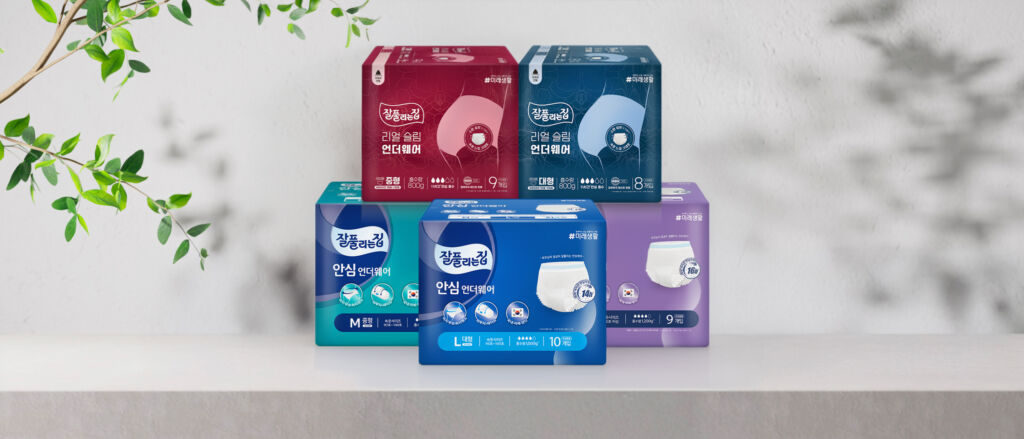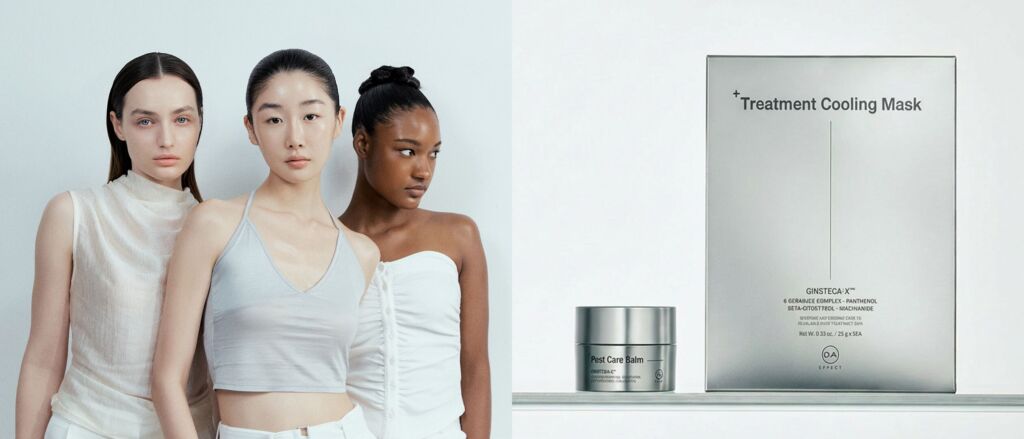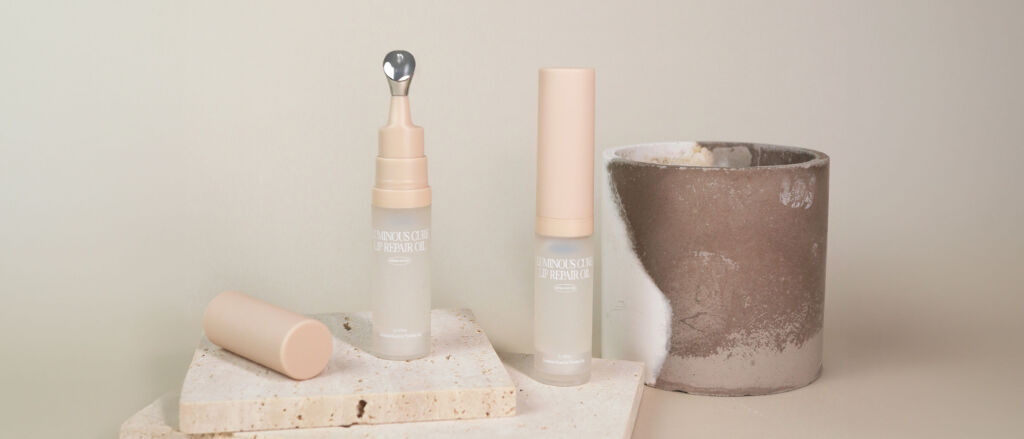Sensitive skin &
HypoSense®
More and more people have sensitive skin and are therefore dependent on products that are particularly kind to the skin. Claims such as “For sensitive skin” and “Hypoallergenic” are increasingly helping consumers to make purchasing decisions.
We have developed valid test designs for the cosmetics industry to test the compatibility and efficacy of such products: Our seal for Sensitive skin and our HypoSense® ensure worldwide safety for very sensitive skin and allergy sufferers. Consumers can therefore rely on our seals. Both tests stand for holistic, intensive testing of products and consumer goods. We only approve products for testing if their ingredients are suitable for sensitive skin. In addition, our team carry out both an epicutaneous test and a Safety-in-Use test.
Our solution – your advantages
- Comprehensive approach through combined services
- Specific test subjects: Inclusion criteria for HypoSense®: Atopics, asthmatics and allergy sufferers
- Studies conducted under dermatological control
- Skin compatibility on very sensitive skin confirmed by an independent, certified testing institute
- Transparent communication to the end consumer through a test URL on the seal
- Versatile application: Suitable for cosmetics for sensitive skin, baby and child care products
- Maximum safety: double assessment of skin compatibility and sensitization potential
- Ethics and transparency: Avoidance of misleading information and compliance with ethical standards
- Wide range of claims and seals: After successful testing, a wide range of advertising claims and seals are possible. Contact us – we will be happy to share the list with you
Are you looking for an ethically safe alternative to HRIPT?
The trend among consumers towards hypoallergenic products is growing. We have therefore developed a new and unique test design, the HypoSense®, to offer a sound, ethically acceptable, meaningful alternative to the Human Repeat Insult Patch Test (HRIPT). The HRIPT carries a high, in our opinion unacceptable, risk of subjects developing allergies. In addition, this name hides numerous different test protocols and variants, so that there is no comparability for customers and consumers.
Our goal: To provide consumers with clearer information and to make labels such as “Hypoallergenic” and “Suitable for sensitive skin” more transparent and consumer-friendly. Let’s discuss how you can meet these needs. Take advantage of our special introductory offer for a personal consultation.
Same testing method – new seal design
Our consumer line for Sensitive skin & HypoSense®
Our seal for Sensitive skin stands for quick and well-founded testing. After the ingredient check, an epicutaneous test is carried out on at least 30 test subjects with sensitive skin and a Safety-in-Use test is carried out on 10 test subjects with sensitive skin over a period of one week with intensive exposure to the test product. After successful completion of the tests and evaluations, your product will receive our Dermatest® seal for sensitive skin.
Our HypoSense® checks your product even more intensively. Of course, an ingredient check is also carried out here first. This is followed by both an epicutaneous test and a Safety-in-Use test on 30 test subjects with sensitive skin. In addition, of these 30 test persons, 30% have neurodermatitis, 30% are allergic and 20% are asthmatic (only for Safety-in-Use testing). Another major advantage is that you can define and add more detailed inclusion criteria and efficacy analyses for the Safety-in-Use study. The Safety-in-Use study takes place for at least 4 weeks and a final epicutaneous test is included to additionally check the sensitization potential.
FAQ Sensitive Skin Seal
It takes approximately 4 weeks after sample delivery to test and issue the reports.
No, within 10 years renaming of reports can be done as long as the product composition remains identical.
FAQ HypoSense®
Exclusion criteria for the use of the HypoSense Seal are ingredient groups with known allergenic, sensitising and/or irritant potential, e. g.: Allergenic Fragrances, Azo Dyes, certain Preservatives (Formaldehyde Releasers, Parabens, Thiazolinones, Methyldibromo Glutaronitrile), Colophonium (Rosin), Lanolin and derivatives, Propolis, Cetyl Alcohol and derivatives, Cetearyl Alcohol and derivatives, Benzophenone-3, para-Phenyldiamine and derivatives as well as Sodium Lauryl Sulfate.
It takes approximately 11–13 weeks after sample delivery to test and issue the reports.
No, within 10 years renaming of reports can be done as long as the product composition remains identical.















